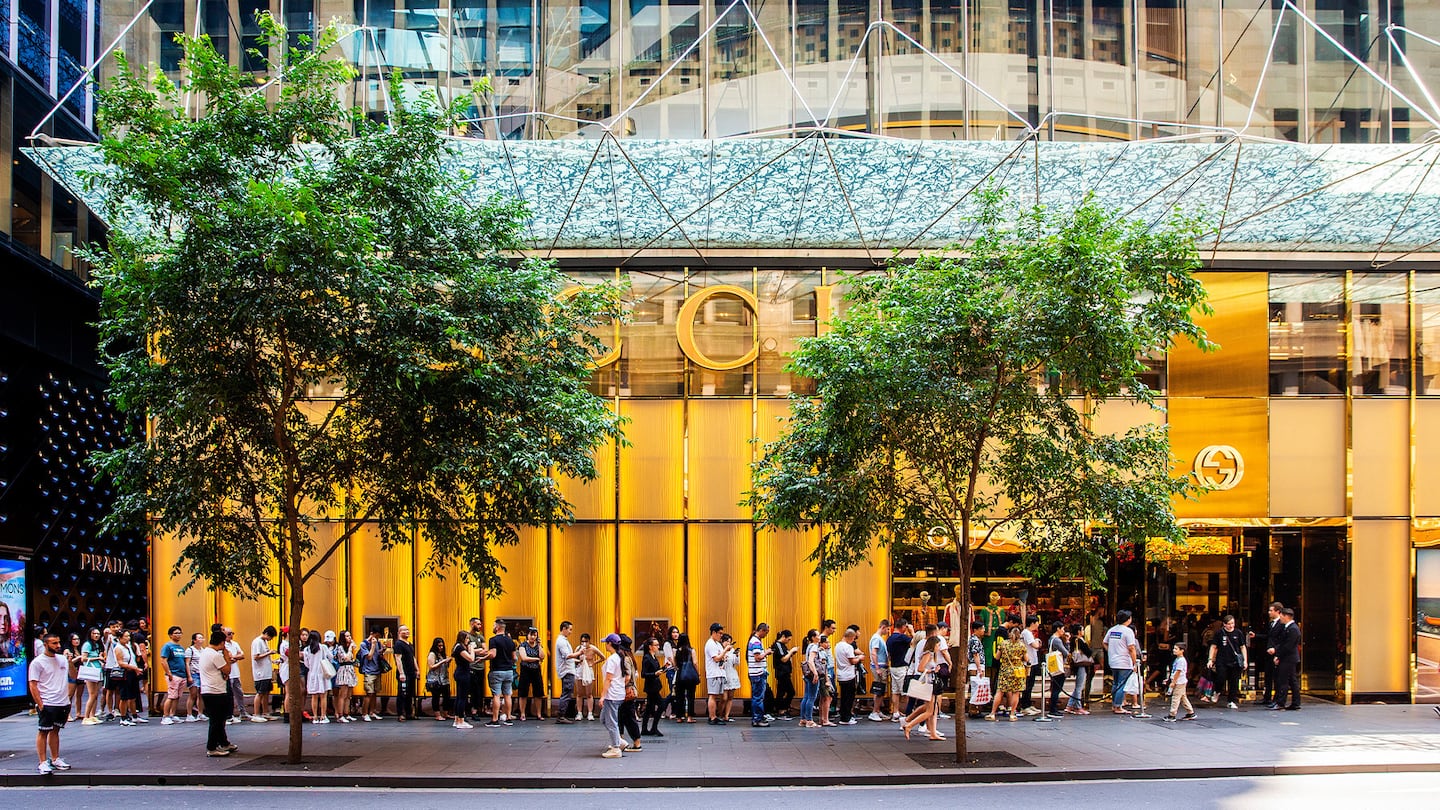
The Business of Fashion
Agenda-setting intelligence, analysis and advice for the global fashion community.

Agenda-setting intelligence, analysis and advice for the global fashion community.

Last week, the French luxury group set a target to nearly halve its greenhouse gas emissions by 2035, for the first time setting absolute targets that would require it to decouple sales growth from environmental impact. 2022 proved how challenging this may be.
The emissions associated with Kering’s business hit 2.4 million metric tons of carbon dioxide equivalent last year, up 12 percent from 2021 on a comparable basis. The increase reflects growth in the company’s sales, which rose 15 percent last year, and updates to the data and methodology it uses to calculate its footprint. Discounting the changes to its methodology, the company’s emissions grew 2 percent year-on-year.
The increase underscores the challenge Kering faces in meeting its new goal to cut absolute emissions 40 percent from 2021 levels by 2035. Previously, the company’s targets were set relative to sales, meaning that so long as its business kept growing, so could its footprint.
Kering’s new target will require the company to decouple its financial growth from its environmental impact, something it achieved in 2021.
ADVERTISEMENT
On Friday, the company provided a broad outline of how it will meet its climate ambitions while continuing to grow, emphasising “value over volume,” improvements to its raw materials sourcing and efficiency in manufacturing and inventory management, as well as new business models like resale.
”This year-on-year trend and methodology updates do not change our long-term ambition and ‘transformation’ actions... which we are working to achieve,” Kering said in an emailed statement.
Learn more:
Kering Sets Goal to Decouple Growth From Climate Impact
The French luxury giant is betting on higher prices and a suite of emerging supply-chain initiatives to help keep growing its business while cutting total greenhouse gas emissions.
Traces of cotton from Xinjiang were found in nearly a fifth of samples from American and global retailers, highlighting the challenges of complying with a US law aimed at blocking imports that could be linked to forced labour in China.
The fashion industry continues to advance voluntary and unlikely solutions to its plastic problem. Only higher prices will flip the script, writes Kenneth P. Pucker.
The outerwear company is set to start selling wetsuits made in part by harvesting materials from old ones.
Companies like Hermès, Kering and LVMH say they have spent millions to ensure they are sourcing crocodile and snakeskin leathers responsibly. But critics say incidents like the recent smuggling conviction of designer Nancy Gonzalez show loopholes persist despite tightening controls.